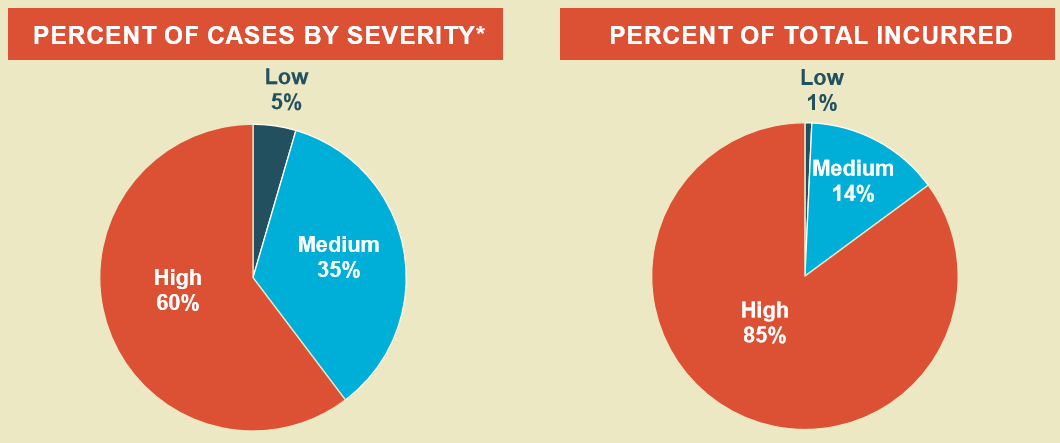
Tom Syzek, MD, FACEP, served as the Chief Risk Officer of a multi-specialty physician group and President of the group’s captive insurance company. In those roles, he was the focal point for the Communication and Resolution Program (CRP); he attributes many prevented lawsuits to an effective communication and resolution strategy. We picked Tom’s brain to understand some key questions that we hear clients ask about Communication & Resolution Programs.










